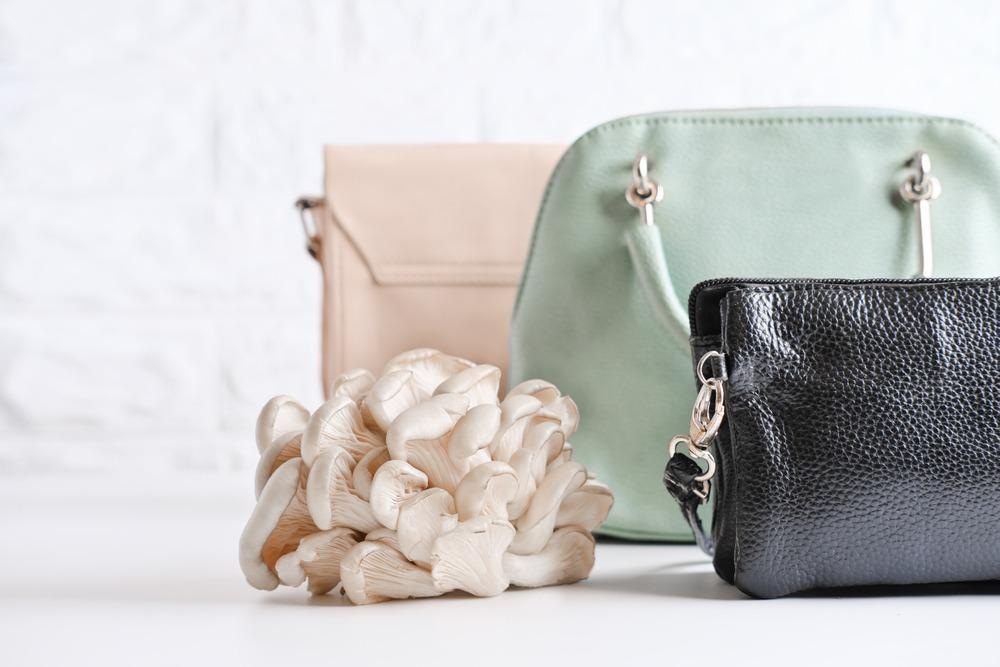Consumer demand and the urgency of the need to shift to more sustainable means of production across all industries have prompted the fashion industry to look for more environmentally friendly textile solutions.

Study: Biobased Innovation as a Fashion and Textile Design Must: A European Perspective. Image Credit: Yulia.Panova/Shutterstock.com
A new paper presented in the journal Sustainability looks at the prevalence of and advances in bio-based textile solutions throughout Europe, aiming to map current practices and showcase best practice examples of bio-based textiles as part of a move to a circular economy.
In order to be practically and commercially viable, bio-based circular materials must exhibit similar textural and mechanical properties to their non-bio-based countered. Scientific advances have already introduced many viable bio-based alternatives into global supply chains, but the use of these materials alone is not considered to be wholly sustainable.

Theoretical framework flowchart. Image Credit: D’Itria, E et al., Sustainability
The authors point out that a fashion product can only be considered to be sustainable if every step of its production process, maintenance, cleaning, and disposal is part of a systemically sustainable approach. It is vital that this issue be solved, as the fashion industry is reported to be one of the most wasteful global consumer industries.
The authors highlight that while natural fibers tend to be considered to be more environmentally friendly choices than their synthetic counterparts, the distinction is not as simple as many assume. They highlight that the key issues lie in fibers’ production rather than its inherent qualities and that each type of fabric has its own pitfalls and challenges.
In order to explore this, the paper looks at this issue from the perspective of fashion designers themselves and the impact they can have on sustainable fashion practices, and on the use of bio-based textiles and biomaterials.
The paper presents a model for what it terms “fashion design-driven biobased innovations”. The authors envision an innovative circular system that leverages productive textile processes to transform the wider fashion industry.
They expand on this model via a series of literature reviews, theoretical frameworks, and the mapping of existing practices from 86 established European fashion and textiles companies in relation to their sustainability efforts.
This information is supplemented with interviews, whereby the authors spoke to 15 experts on fashion from both industry and academic backgrounds.
Once it had been collated, the data was processed in line with the Textile Exchange Benchmarking Report 2021. This approach allowed the authors to better measure the factors impacting new material innovations and ensure that the research maintained a suitably industry-led perspective.
Most notably, the report looks at three areas of interest that were deemed to be in line with the study: current industry strategies, measuring progress and impact, and shifting consumption from virgin resources to reclaimed and recycled materials.

The design-driven biobased innovation model. Image Credit: D’Itria, E et al., Sustainability
From this work, three overarching themes were identified in terms of the companies’ practices: innovative design and the development of new practices for working with biomaterials, biofabrication, and the tendency of companies to focus their efforts on the use of biomaterials in more traditional ways, and emotional design – a novel concept whereby companies look to shift the consumption of fashion to more long-lasting, sustainable products by working to affect consumer purchasing habits. Each of these concepts is illustrated with a practical case study.
The paper highlights how companies working with bio-based materials are facing a number of challenges in the field. Many of these challenges stem from the fact that biomaterials often undergo additional processing or blending with other materials as part of their production, potentially impacting the materials’ capacity to be considered truly circular in nature. These additional material components can also impact a bio-based material’s recyclability, limiting its potential to be returned to the production system at the end of its working life.
It is also noted that many material innovations are hindered by extended research and development times, and the challenges surrounding obtaining sufficient funding to pursue new avenues of research.
It is difficult to progress material experiments from prototypes to commercialized high volume production, often requiring a specific nexus of cultural, economic, and technological factors to enable this.

The design-driven biobased system conceptual model—sustainable design strategies combinations. Image Credit: D’Itria, E et al., Sustainability
The paper summarizes these challenges, particularly surrounding the importance of maintaining traceability, transparency, and accountability as part of the circular fashion industry.
It will be difficult for the fashion industry to meet these challenges, but the authors note that the industry typically thrives during periods of rapid change as it routinely transforms its output and production methods to accommodate changing trends in consumer demand.
As consumer demand continues to grow for more sustainable products, the authors anticipate that new ideas and technological advances will continue to move the fashion industry towards a sustainable and circular paradigm.
References
D’Itria, Erminia, and Chiara Colombi. 2022. "Biobased Innovation as a Fashion and Textile Design Must: A European Perspective" Sustainability 14, no. 1: 570. https://www.mdpi.com/2071-1050/14/1/570
Disclaimer: The views expressed here are those of the author expressed in their private capacity and do not necessarily represent the views of AZoM.com Limited T/A AZoNetwork the owner and operator of this website. This disclaimer forms part of the Terms and conditions of use of this website.